*This post may contain affiliate links. That means I may earn a small commission from qualifying purchases or sign-ups at certainly no additional cost to you! Thanks!*
“It’s all writing” was my first thought when blogging crossed my mind in 2020.
Hence, I mustered up the bursts of motivation and prepped myself for the idea of writing as much as I can — daily if I must!
I bought my domain, set up my website, and published a few blog posts.
But after some time blogging? Boy, was I wrong.
The writing part was just a portion of the blogging process. Not the entirety.
I even unexpectedly spent a while learning basic coding. Absolutely mind-whacking months,
Truth is, in blogging, you’re dealing with more factors such as images, monetization, search engine optimization, and marketing tools to create a full-blown business.
In this post, I will share with you my top blog editing tools, services, and resources.
Let’s not waste time on services that are not worth the candle.
I’ll list down the most effective and important tools bloggers use that help them in every content they publish — both paid and free.
Now, what tools does a blogger need?
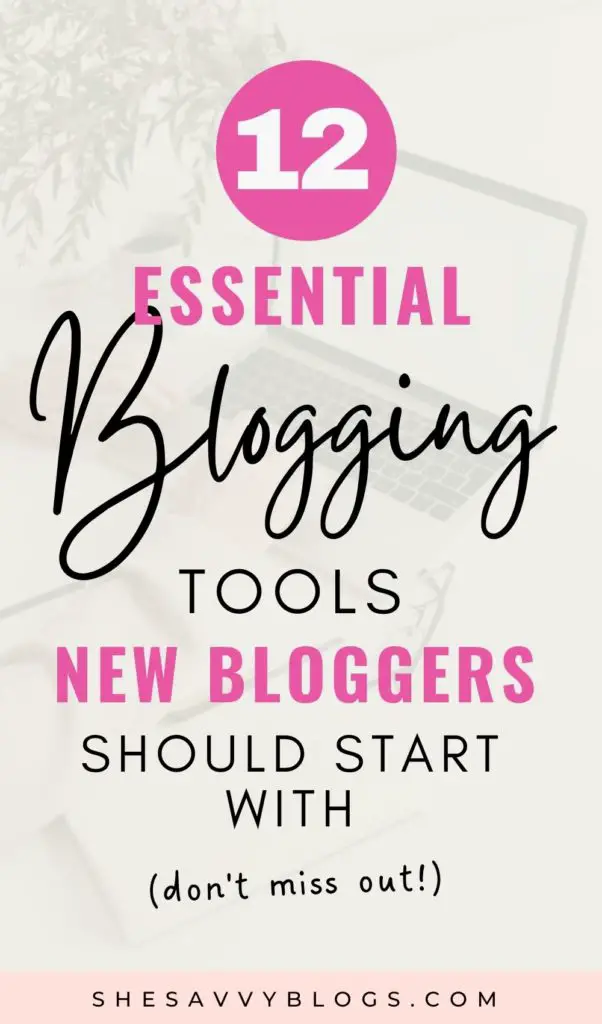
12 Essential Blogging Tools For Beginners
To make every blogger’s life easier, here are the most important blogging tools every blogger must use:
1. Bluehost (Paid)
Turning your blog into a business?
Then please, don’t use free blogging platforms like WordPress.com and Blogger.
Why? It’s because you won’t have a say with the site ownership when you set up a blog for free.
Second, most domain names from free blogging platforms will have subdomains that look like these:
- www.yourdomain.wordpress.com
- www.yourdomain.blogspot.com
WordPress.com and Blogger make good hobby blog websites to pass your time.
But as a business? It projects an amateurish website.
So instead, get your own domain name and register for web hosting with Bluehost.
It’s what serious bloggers do.
I do partner with Bluehost and may earn a small commission if you use the service. But of course, I only recommend services I truly believe in.
With a web-hosted blog, you can:
- include multiple monetizations for your blog
- have full ownership of your content
- have complete control over site customization
- access better data analytics
After getting a web hosting, work your blog posts with WordPress.org (not WordPress.com) and start building a profitable blog.
2. Canva (Free & Paid)
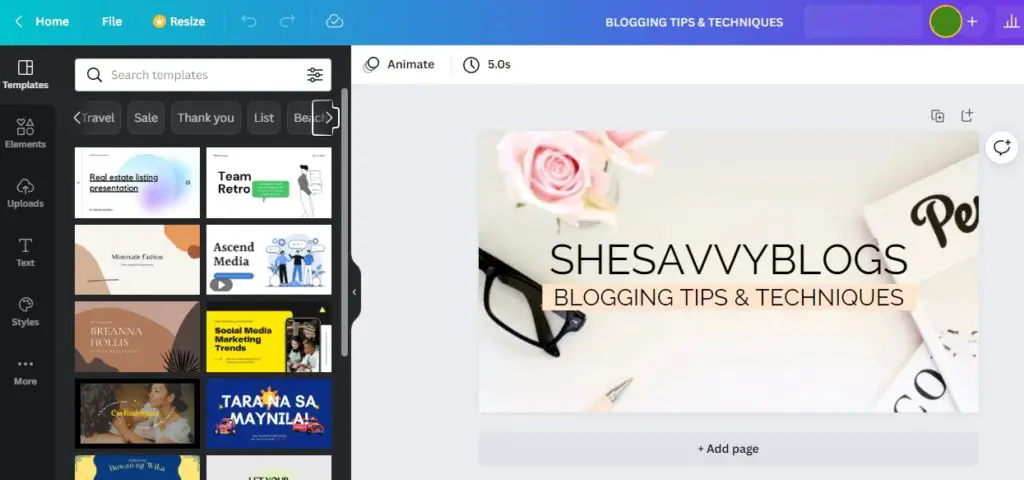
Canva is a graphic editing tool for slideshows, videos, infographics, blog images, and social media posts.
Even as a free platform, Canva offers enormous image editing services with 250,000 templates!
It’s not that I’m complaining, but I’ve always wondered how they can give away so much for free.
Meanwhile, an upgrade to Canva Pro is definitely worth the shot, too. The paid version doesn’t disappoint with its 420,000+ templates, 75 million graphic elements, background removal tools, and a whole lot more services.
I’ve used Canva since 2018 to create attractive visuals for my Pinterest pins and blog images.
Their constantly improving services continue to live up to every blogger’s needs and expectations!
3. Grammarly (Free & Paid)
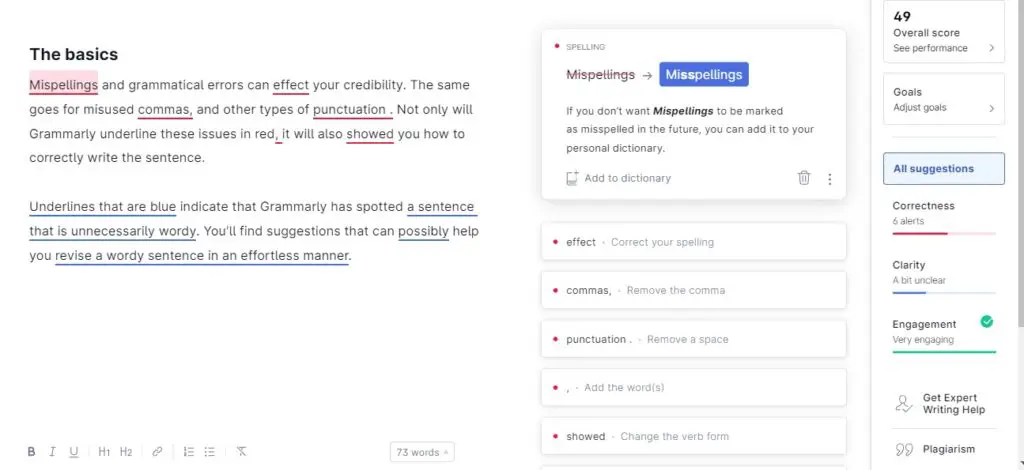
Looking for the best writing tool for bloggers? Never leave out Grammarly.
Grammarly is by far the most reliable grammar tool for a mistake-free blog post.
It detects misspelled words in mere seconds, incorrect prepositions, and the right punctuations — a writing assistant, indeed!
I have it installed on my Chrome browser so it automatically hints about my grammatical errors in e-mail, Google Docs, LinkedIn, Facebook chats, and more.
The free version checks your spelling, grammar, and punctuation.
On the other hand, the paid version would also suggest better word choice, plagiarism detection, fluency, and a lot more.
It’s a time-saver, especially for non-native English speakers like me!
4. Pexels (Free)

There’s truth that using your own photos can build credibility.
But if you’re a blogger who’s still working on your camera-savviness, I understand it would be troubling to capture consistent photos.
So here enters Pexels.
Pexels is a home for free stock images and videos that bloggers can use to level up their website design.
It’s free of use without copyright issues. (Although, photographers would appreciate it if you link back to them, too.)
Find images that fit your website’s color palette. Images can be edited, too.
Filters help you search for specific colors, image size, and orientation. It’s very convenient.
Aside from Pexels, I also use Unsplash for more stock images and variations.
5. Ezoic (Free & Paid)

Let me introduce you to one of the best blogging tools that make you money — Ezoic.
Ahh, I can’t stress enough how you should be applying to Ezoic. I mainly use it for my ad monetization.
Basically, Ezoic is an AI technology but I’ve first known it as an ad network.
I must say, their ad revenues are competitive even for new bloggers wishing to monetize their blogs.
In 2021, I transferred my first blog from Google AdSense to Ezoic. Thankfully, my ad revenue multiplied 23x on my first full month of joining the network!
Not only that, but Ezoic is also an all-around tool that helps you with:
- site speed
- SEO
- data analytics
- premium ads
The better news is, they do accept websites with a minimum of zero traffic with the Access Now Program (so long as you qualify for their other requirements, of course!)
Related Post: When Can I Monetize My Blog?
6. Google Auto-complete (Free)
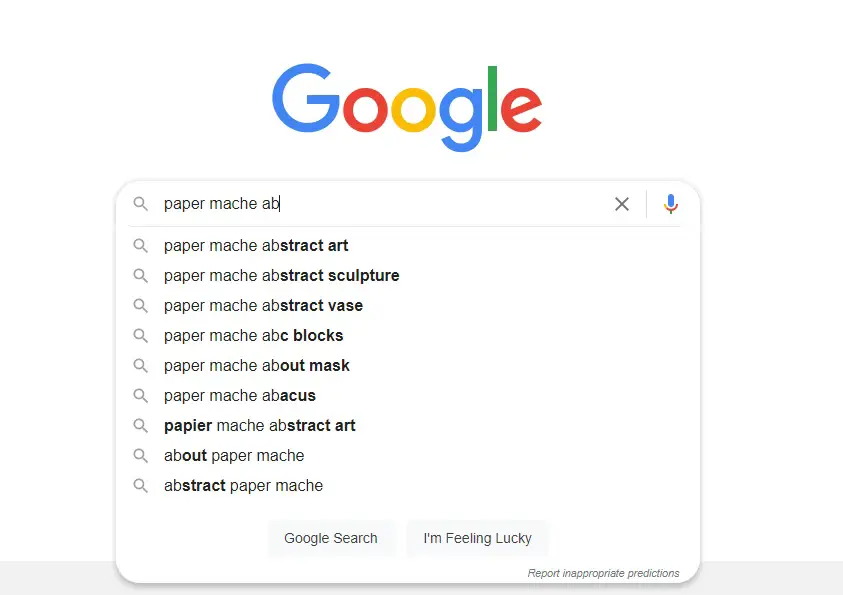
One of the best FREE keyword tools is Google itself. It’s a pool for new content ideas.
When Google auto-completes your search query, that implies that a volume of people is searching for that certain keyword.
I use it so often that I don’t really rely on paid keyword search tools at the moment.
Just type in your focus keyword (or keyphrase) on the search bar, followed by a random alphabet, and see what Google auto-suggests.
Moreover, I also add 5Ws (What, when, where, why, who) and How before my focus keyword to grasp what people are asking.
7. Answer the Public (Free & Paid)
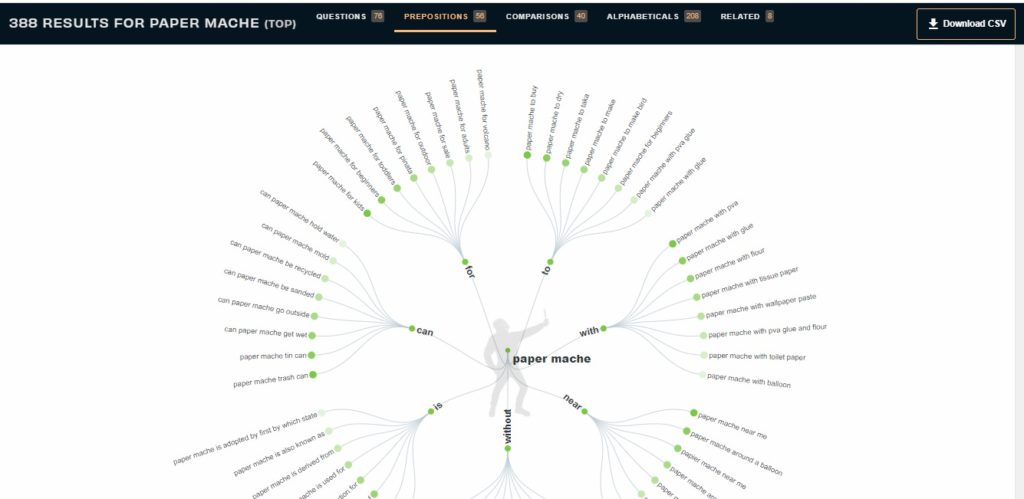
Answer the Public is visual keyword research and content idea tool that collects possible queries and Google searches that surround your focus keyword.
Its free version allows you to search two focus keywords a day while the paid version allows unlimited keyword searches, creating folders, teams, keyword tracking, and customer support.
I use Answer the Public because of the wide and organized keyword searches they provide.
What I like about it is they categorize the keywords as questions, comparisons, alphabetical, and related topics.
Visually easy and helps me strategize my keywords better!
8. Keyword.io (Free)
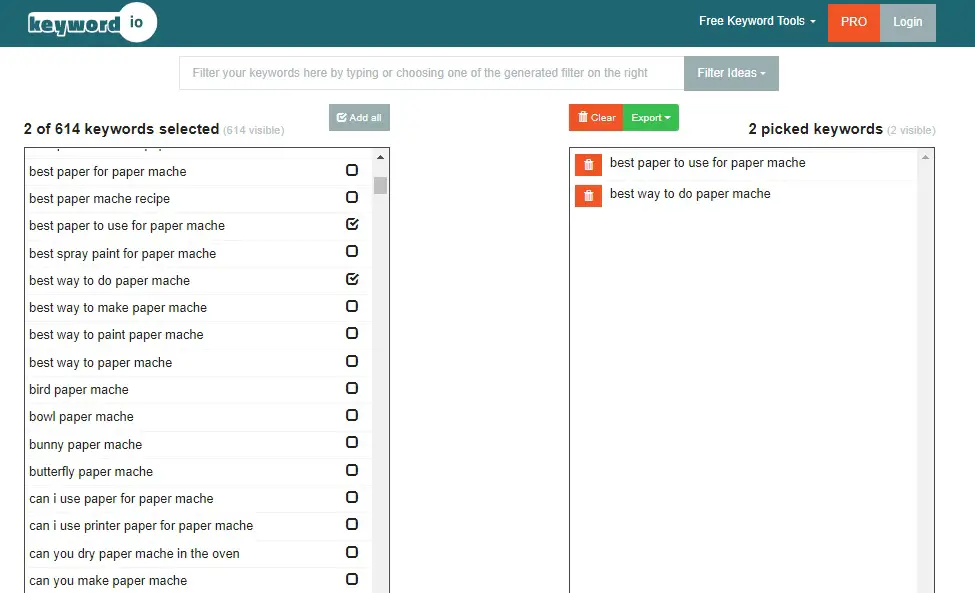
Another free keyword search is keyword.io which I use.
After using Google Auto-complete and Answer the Public, this is my go-to keyword search tool because it’s free!
9. Yoast SEO (Free)
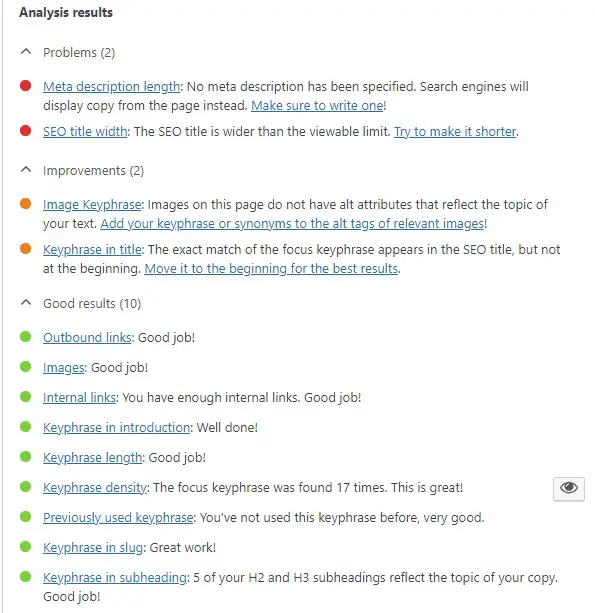
Yoast SEO is a free WordPress plugin that can aid beginning bloggers with SEO. Above are the factors Yoast SEO checks for you.
But what I find helpful is the readability rate it provides for my blog post. It detects repetitive words or the lack of transition words, too.
I also use it to connect my websites on Pinterest!
10. Google Analytics (Free)

Google Analytics shows you the significant blog metrics to help you strategize according to your visitor’s behaviors and how good you’re blog posts are ranking.
Alongside that, from my experience, ad networks and marketing services often ask for your Google Analytics.
Setting up Google Analytics sure comes handy!
11. Convertkit (Free & Paid)
Convertkit is an e-mail marketing tool. It allows you to connect with your fans and subscribers through an e-mail list.
Why do we need to use Convertkit? Direct contact with your subscribers is more dependable than relying solely on social media platforms.
In social media, you don’t have full ownership of your account. If these platforms shut down or ban your account, at least you kept a reliable e-mail list to reach your subscribers!
Convertkit has crafty form templates. It’s easy to set up and can automate e-mails used for larger business strategies.
For starters, Convertkit allows you to use their services until you reach 300 subscribers.
That’s enough time to master Convertkit while growing your e-mail list!
12. GTranslate (Free)

GTranslate is a free plugin, a widget, that translates your entire website into a specific language set by your reader.
It covers 58 languages overall!
The free version sets automatic translation for your page. But with a paid version, you could level up to hiring a professional human translator to ensure the translation’s accuracy.
GTranslate is a light and fast plugin. I’ve installed and deleted numerous plugins because they slowed my website, but GTranslate kept my site speed fast,
Moreover, the more languages your blog can be translated to, the wider audience and more countries it reaches.
What does that mean? It means more traffic! This one is a must-have blogging tool for free!
WRAP UP
While it may take a while before you get the hang of each tool, I believe you would be grateful for these resources, too.
In the long run, they will increase your blog growth and speed up the blogging process.
These are the most basic (yet important) tools you must use when creating content.
Hope this blogging tools list helps!
You may also like:
- 9 Reasons Why Most Bloggers Fail
- 9 Reasons Why No One is Reading Your Blog
- How to Monetize a Lifestyle Blog (And How to Succeed With It!)

